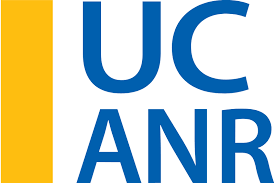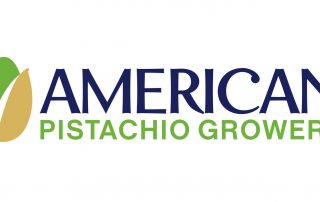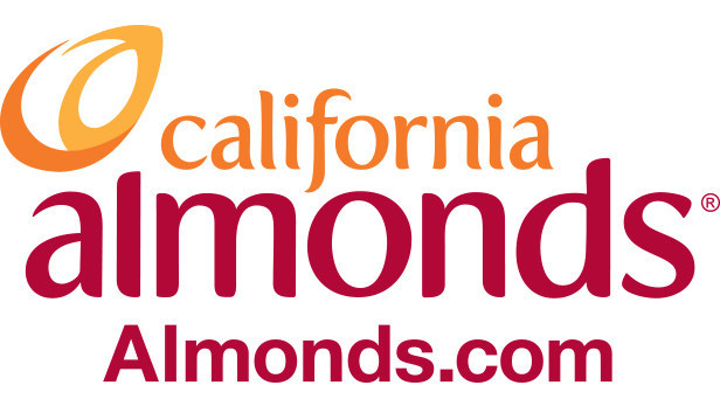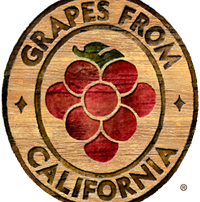Long-Awaited UC Davis Bee Genetics Book Updated
Hear that buzz?
The long-awaited update of the landmark UC Davis-authored book, Queen Bee Rearing and Bee Breeding by Harry H. Laidlaw Jr. (1907-2003), “the father of bee genetics,” and his former doctoral research mentee Robert E. Page Jr., now an internationally known bee geneticist, is about to be published.
Wicwas Press of Kalamazoo, Mich., published the landmark book in 1996 and now will publish the updated book, Honey Bee Genetics and Breeding, written by Page and dedicated to Professor Laidlaw.
“This book is long overdue,” said Page, whose career took him from doctoral student to professor and chair of the UC Davis Department of Entomology to provost of Arizona State University. “Although it isn’t actually a revision of Queen Rearing and Bee Breeding that I wrote with Harry Laidlaw 25 years ago, it does bring that book up-to-date with respect to genetics and breeding. And there is still a lot of Harry in it.”
The Laidlaw-Page book was “for beekeepers who know little about genetics, and geneticists who know little about beekeeping.”
Page said he never expected Wicwas Press would still be selling the inaugural book nearly 30 years later. “Harry used to remind me frequently that a revision was needed, we intended to do it, but he passed September 19, 2003, at the age of 96. I considered revising the book many times, but life got in the way, and I struggled with what more I could say about queen rearing.”
Reviewers hail the 182-page book as “probably the best reference for learning about bee breeding theory and practice and the history of honey bee genetics.” Page offers examples of both successful and unsuccessful bee breeding programs.
The chapters include “Principles of Inheritance,” “Mechanisms of Inheritance,” “Principles of Breeding,” “Disease Resistance,” “Defensive Behavior” and “Honey Production.”
“The fundamentals of queen rearing have been with us since G.M. Doolittle’s book Scientific Queen Rearing first published in 1889,” Page related. “Methods have evolved through a process of natural selection with different queen producers developing their own specific modifications that get passed on, shared, and adopted or rejected by others until we have the practices used by queen producers today. But still, they are not far from the fundamentals of Doolittle.”
Page noted, however, that “our understanding of the genetic basis of inheritance and the development of genetic tools for exploring the genetic architectures of honey bee traits has undergone a major transformation since 1996. The biggest leap in honey bee genetics came with the sequencing of the honey bee genome, published in 2006, an enormous international effort to assemble 240 million base pairs (building blocks of DNA) that contain about 10,000 genes.” Gene Robinson of the University of Illinois, Urbana-Champagne, spearheaded that effort.
“Colony and individual traits are now routinely explored by genetic mapping, facilitating the identification of associated genes whose expression may be altered, thus enabling the investigation of their effects,” Page writes in his book. “We are on the cusp of the next great transformations: (1) the use of gene sequence information to reliably identify specific genes and enhance classical selection for economically important traits, and (2) the ability to transform genes, by editing them, into more favorable forms that may affect behavior and/or disease resistance.”
Since 1996, the main emphasis of bee breeding “has shifted from increasing honey production and reducing defensive behavior to controlling diseases,” Page wrote. “The increasing apicultural problems presented by varroa mites and their associated diseases puts pressure on bee breeders to find solutions through genetic stock improvement to reduce the use of chemical treatments in hives.”
“The purity of honey is paramount in the perception of the public,” Page shared. “We must do all we can to preserve that. The tremendous worldwide effort to breed varroa resistance mechanisms into commercial honey bees has had only limited success, so far. But much has been learned about honey bee genetics and breeding, varroa biology and potential mechanisms of resistance in honey bees. Hopefully, the new genetic tools being developed will be employed and lead to more success.”
Internationally recognized bee breeder and geneticist Susan Cobey, a mentee of Laidlaw, a former manager of the Harry H. Laidlaw Jr. Honey Bee Research Facility at UC Davis, and a newly retired Washington State University scientist, praises the book as demystifying technical aspects and filling in the knowledge gaps. “Honey bee breeding is a lifelong adventure and passion,” she writes in the foreword. “As a young, idealistic beekeeper venturing into developing a commercial stock, Dr. Harry Laidlaw told me, ‘You will never be bored by the challenge of selecting the ‘super’ bee. She doesn’t exist, the journey will be the reward.’ Four decades later, this has proven true.”
Cobey applied the Page-Laidlaw Closed Population Breeding Program (CPBP) theory to develop and maintain her New World Carniolan line. “The practicality and simplicity of the program gave it longevity. Many bee breeding programs have now converted to use this breeding scheme, including the USDA Hilo project.”
“The literature addressing bee genetics, breeding scheme methodologies and assays for selecting desirable traits are scattered in the scientific, research and beekeeping journals,” Cobey wrote. “It’s like a large puzzle with missing pieces. Finally, in this book, Rob Page covers these subjects clearly, comprehensively, supported by his research with a highly informative and fascinating presentation.”
Page, considered by his peers as “the most influential honey bee biologist of the past 30 years,” is known for his research on honey bee behavior and population genetics, particularly the evolution of complex social behavior. One of his most salient contributions to science was to construct the first genomic map of the honey bee, which sparked a variety of pioneering contributions not only to insect biology but to genetics at large.
Page pioneered the use of modern techniques to study the genetic basis of social behavior evolution in honey bees and other social insects. He was the first to employ molecular markers to study polyandry and patterns of sperm use in honey bees. He provided the first quantitative demonstration of low genetic relatedness in a highly eusocial species.
For 24 years, from 1989 to 2015, Page maintained a UC Davis honey bee-breeding program, managed by bee breeder-geneticist Kim Fondrk. Their contributions include discovering a link between social behavior and maternal traits in bees. Their work was featured in a cover story in the journal Nature. In all, Nature featured his work on four covers from work mostly done at UC Davis.
Page is also the author of The Spirit of the Hive: The Mechanisms of Social Evolution (Harvard University Press, 2013) and the Art of the Bee: Shaping the Environment from Landscapes to Societies (Oxford University Press, 2020). In 2023, he launched a publicly accessible and free YouTube Channel, https://youtube.com/@artofthebee.
A native of Bakersfield, Page received his doctorate in entomology in 1980 from UC Davis, studying with major professor Norman Gary and Laidlaw, his doctoral research mentor. Page advanced to professor and chair of the Department of Entomology (now the Department of Entomology and Nematology), serving as the chair from 1999-2004. A second career emerged when Arizona State University (ASU) recruited him in 2004.
Today Page holds the titles of ASU University Provost Emeritus and Regents Professor Emeritus as well as UC Davis Distinguished Emeritus Professor and Emeritus Chair of the UC Davis Entomology Department.

UC Davis Professor Harry H. Laidlaw Jr. with graduate student and mentee Robert E. Page Jr., circa 1980


















